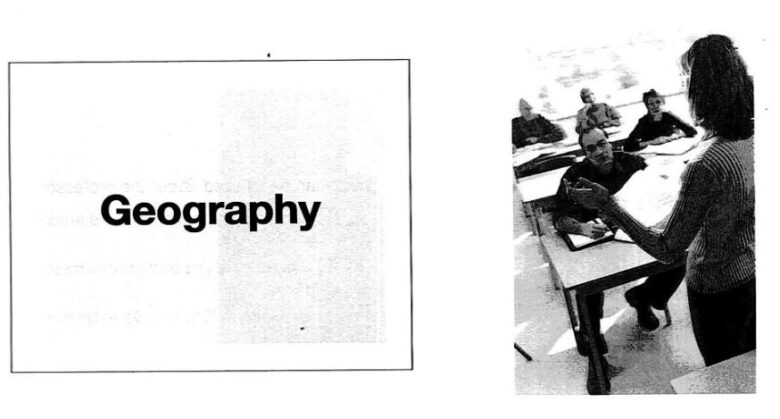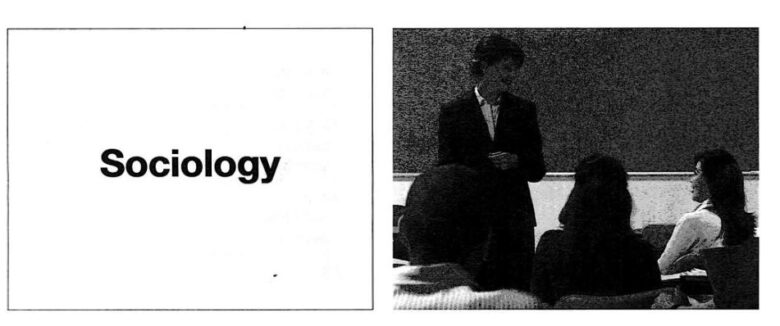Lecture 12-17: O Listen to part of a lecture in a geography class.
12. What is the main point of the lecture?
 How people navigate from point to point by using imaginary lines
B. The role of time and time measurement on different parts of Earth
C. How people use imaginary lines to regulate time and navigation
D. The history of how longitude and latitude were measured and used
13. According to the professor, for what do people mainly use longitude and latitude lines?
A. To know where they are and where they are going
B. To determine how quickly they can complete a trip
C. To judge when the summer begins in each hemisphere
D. To describe where the tropical and frigid zones are
14. Listen again to a part of the lecture. Then answer the question.
A, Time is not related to navigation even though they have similar terms.
B. Time and navigation use the same terms but should not be confused.
C. The degrees of a circle are not the same as the measures used on a clock.
D. There is often confusion between time and navigation terms.
15. How does the professor organize the lecture?
(A) By discussing a fact and the reasons for it
B. By pointing out the history of a certain fact
C. By dividing discussion on a fact into two main parts
D. By examining the parts of a specific fact in detail
16. In the lecture, the professor discusses imaginary lines in places around Earth. Indicate to which imaginary line the following statements are related.
Click in the connect box for each sentence.
| Equator | Latitude | Longitude | International Date Line | |
| A. It marks the start of a new day. | ||||
| B ; It is zero degrees latitude. | ||||
| C. It was difficult to determine. | ||||
| D. It has both north and south types. |
17. Listen again to part of the lecture. Then answer the question,
A There were similar problems with clocks on land.
B Clocks of the time relied on metal springs.
C The metal of the age was too poor for clockworks.
D. Clocks were accurate on land but not at sea.
Lecture 18-23: O Listen to part of a lecture in a sociology class.
18. What aspect of crime does the professor mainly discuss?
A Habitual criminals
B Crime’s relationship to race
C Prisoners by gender and race
D Crime rates and prisons
19. According to the professor, what happened to the size of the prison population in America between 1990 and 2000?
A It declined by more than half.
B It more than doubled.
C It almost tripled in size.
D It almost doubled in size.
20. Listen again to a part of the lecture. Then answer the question.
A There are a lot of crimes committed by minority groups.
B The crime statistics reflect the social problems of minorities.
C Minority groups have a lot of different social problems.
D Crime statistics can tell everything about a social group.
21. Why does the professor discuss the Los Angeles County jail in detail?
A To show how prisoners are now making the rules in the city’s jails
B To explain that the racial divisions of the country are reflected in local jails
C To prove that local jails are more dangerous than state or federal jails
D, To examine why local jails house criminals of all different types
22. In the lecture, the professor discusses crimes and the types of prisons in America. Indicate to which state or city the following statements concerning crime are related.
Click in the correct box for each sentence.
| New York | Dakotas | Hawaii | New Orleans | |
| A) It once had a high murder rate. | ||||
| B) It has a lot of property crime. | ||||
| C) It is considered a very dangerous city these days. | ||||
| D) It has a very low crime rate. |
23. What does the professor imply about the reasons why crime rates have gone down in America?
A Prisons are reforming criminals.
B Finding jobs is difficult for criminals.
C More criminals are in prison longer.
D The war on drugs is working better.



